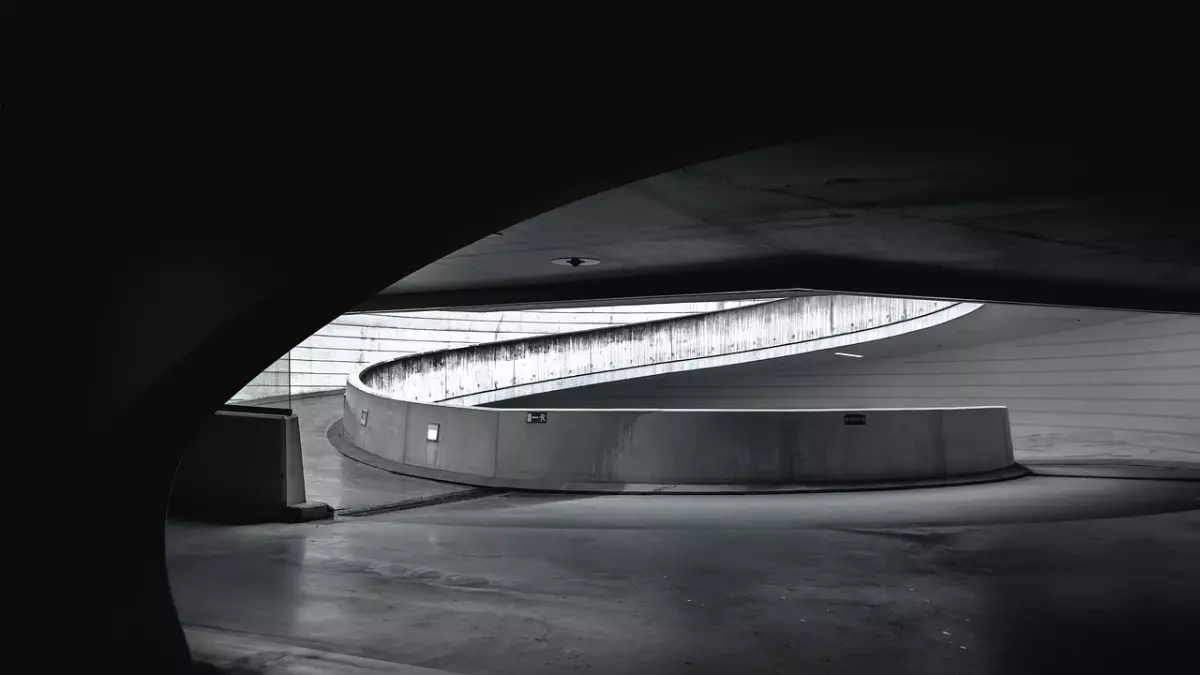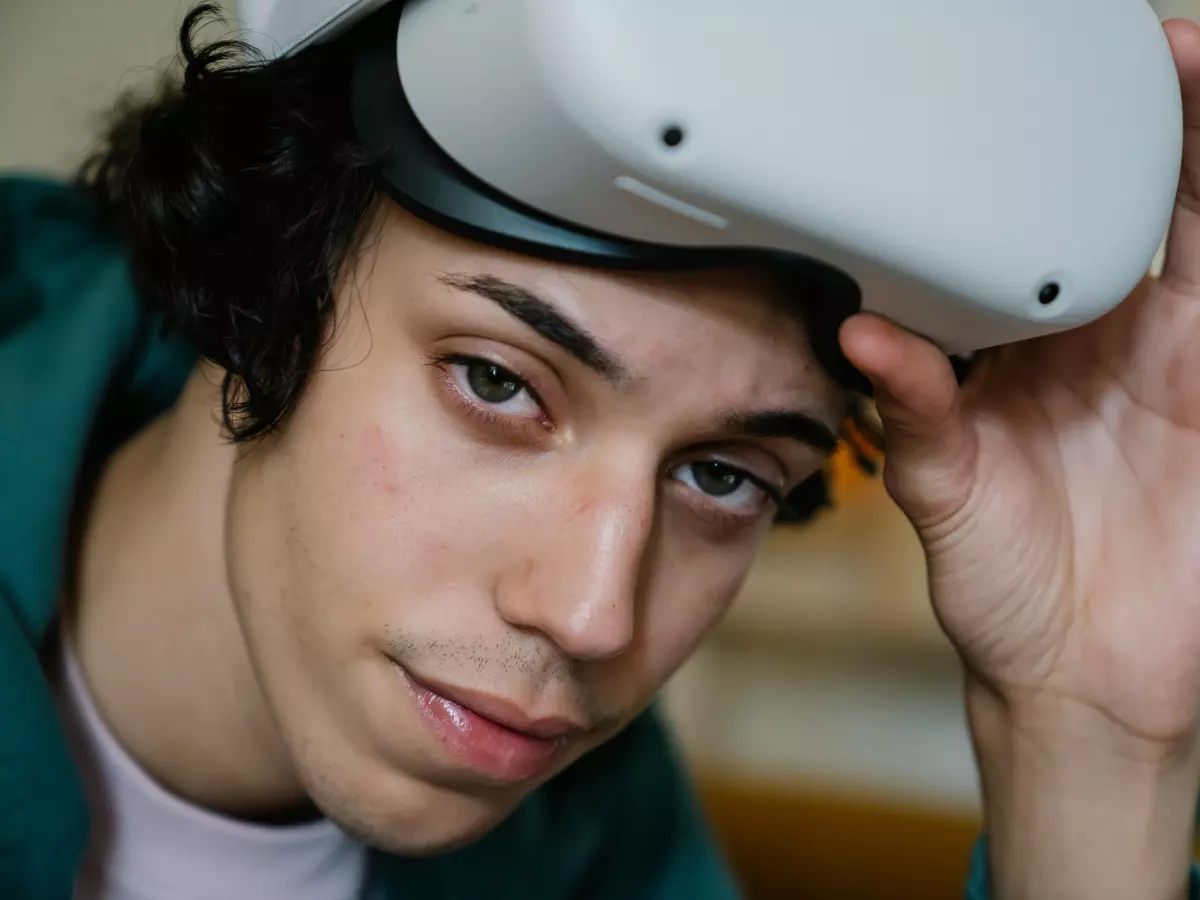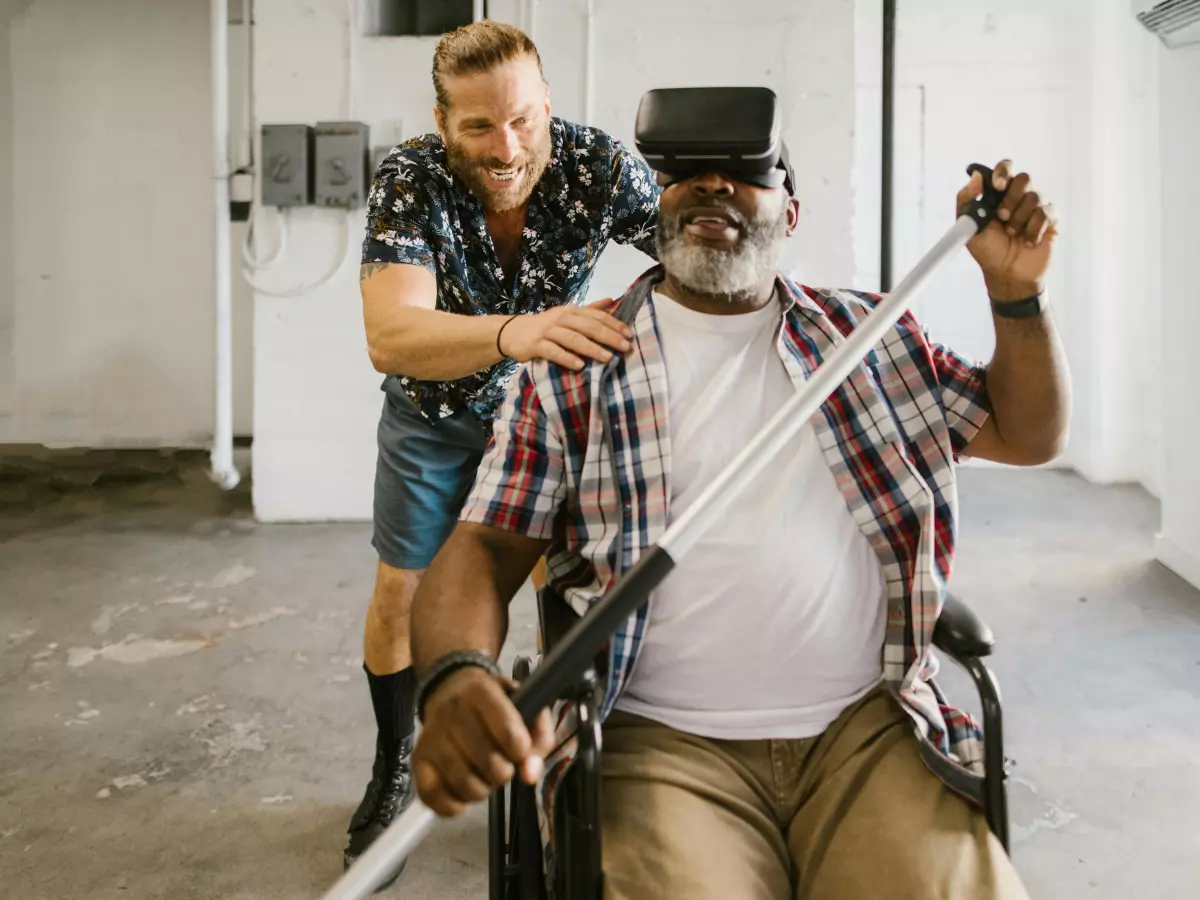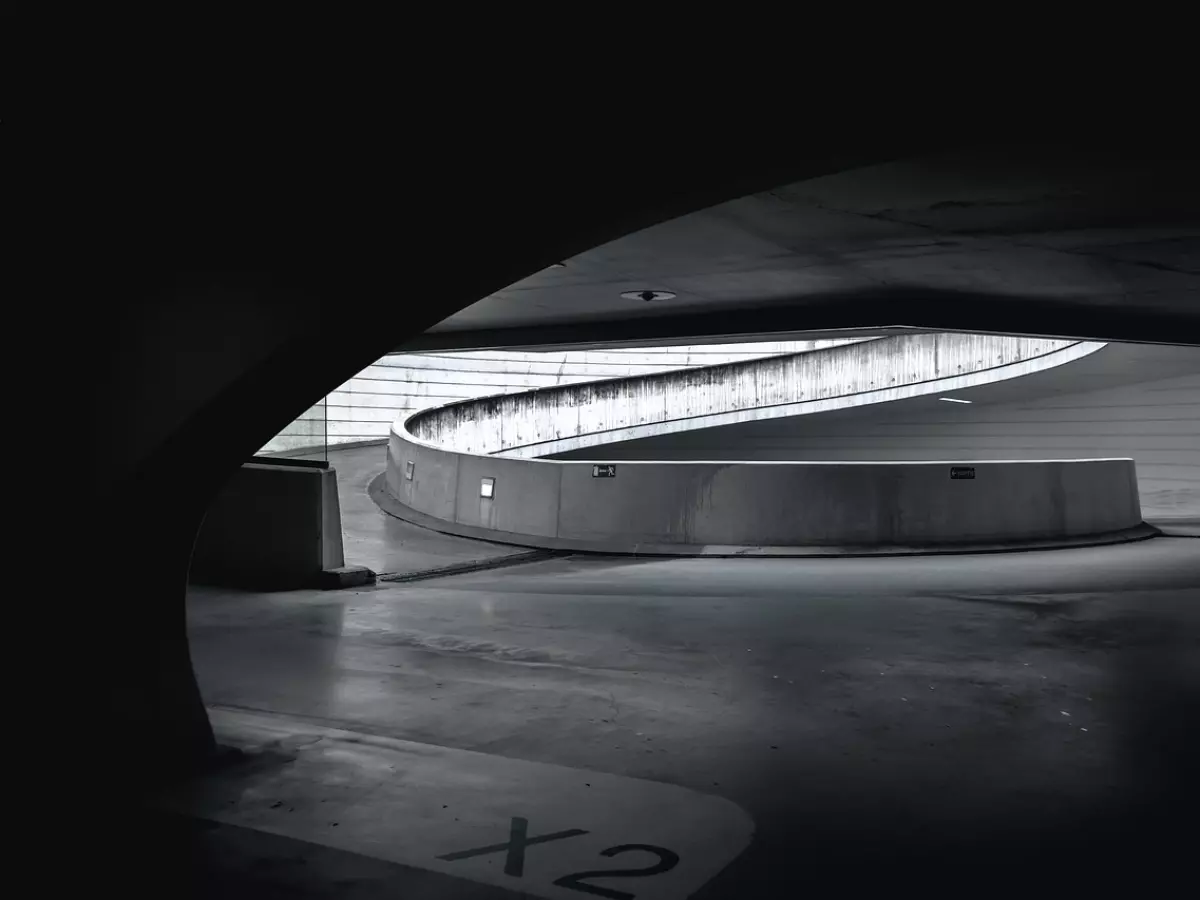AI Meets Architecture
Imagine an architect sketching a building, but instead of using a pencil, they’re using an AI-powered tool that predicts structural weaknesses before they even finish the drawing. Sounds futuristic? Well, it’s happening right now.

By Alex Rivera
Architects have always been at the cutting edge of design, but in the past few years, they’ve found themselves standing at the intersection of creativity and technology. Enter Artificial Intelligence (AI), a game-changer that’s reshaping the way buildings are designed, constructed, and even maintained. But wait—before you start picturing robots in hard hats, let’s break down what AI really means for architects.
What’s AI Got to Do with Architecture?
AI isn’t just about robots or self-driving cars. It’s a broad term that covers a range of technologies, from machine learning to large language models (think ChatGPT). For architects, AI offers tools that can analyze data, predict outcomes, and even generate designs. According to InfoQ, software architects are already diving into AI concepts like machine learning and retrieval-augmented generation. These aren’t just buzzwords; they’re the building blocks of smarter, more efficient design processes.
Take machine learning, for example. It’s a subset of AI that allows computers to learn from data and make predictions. For architects, this means AI can analyze past projects, identify patterns, and suggest improvements. Imagine being able to predict how a building will age over time or how it will perform in different weather conditions. That’s not just cool—it’s revolutionary.
Generative Design: AI as Your Creative Sidekick
One of the most exciting applications of AI in architecture is generative design. This is where AI doesn’t just assist architects; it collaborates with them. You input your design goals—like maximizing natural light or minimizing material costs—and the AI generates multiple design options that meet those criteria. It’s like having a brainstorming session with a supercomputer.
But don’t worry, AI isn’t here to steal your creative thunder. As discussed in a recent podcast by InfoQ, AI is more of a creative assistant than a replacement. Sure, some generative AI designs might lack the artistic depth of a human touch, but the potential for collaboration is huge. Architects can use AI to explore design possibilities they might not have considered, all while maintaining control over the final product.
AI in Action: Real-World Examples
Let’s get out of the theoretical and into the real world. AI is already being used in architecture firms around the globe. Take Zaha Hadid Architects, for instance. They’ve been experimenting with AI to optimize building designs for energy efficiency. By analyzing vast amounts of data, AI can suggest design tweaks that reduce energy consumption without sacrificing aesthetics.
Another example is Autodesk’s Dreamcatcher, a generative design tool that allows architects to input design goals and constraints, and then generates thousands of potential solutions. It’s like having an army of junior architects working around the clock, but without the coffee breaks.
The Future of AI in Architecture
So, what’s next? As AI continues to evolve, we’re likely to see even more integration between technology and design. Imagine AI tools that can predict how a building will interact with its environment, or even how it will impact the mental health of its occupants. The possibilities are endless.
But here’s the kicker: AI is only as good as the data it’s trained on. For architects, this means that the quality of their designs will depend on the quality of the data they feed into their AI tools. So, while AI can offer incredible insights, it’s still up to the human architect to guide the process and make the final call.
Ready to dive into the world of AI-driven architecture? Whether you’re an architect looking to up your game or just someone fascinated by the intersection of technology and design, now’s the time to start exploring. Who knows? The next iconic building might just be a collaboration between human and machine.





